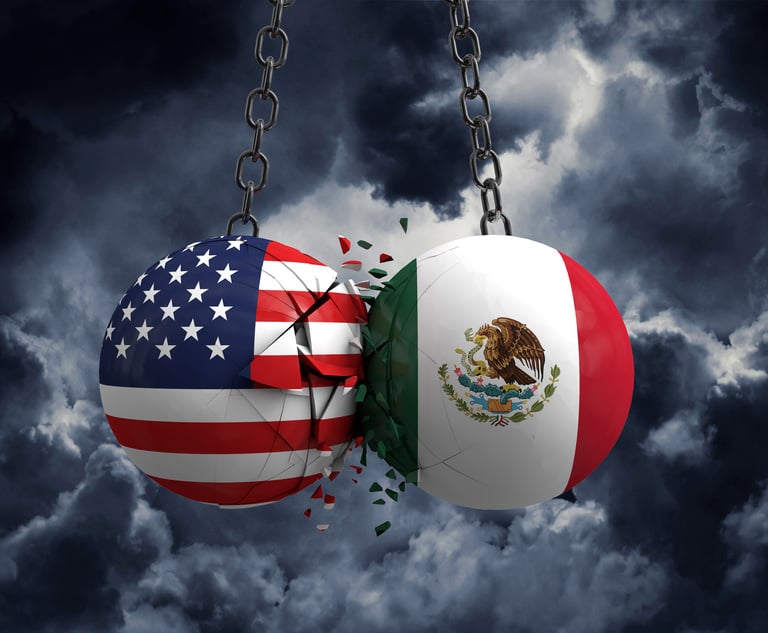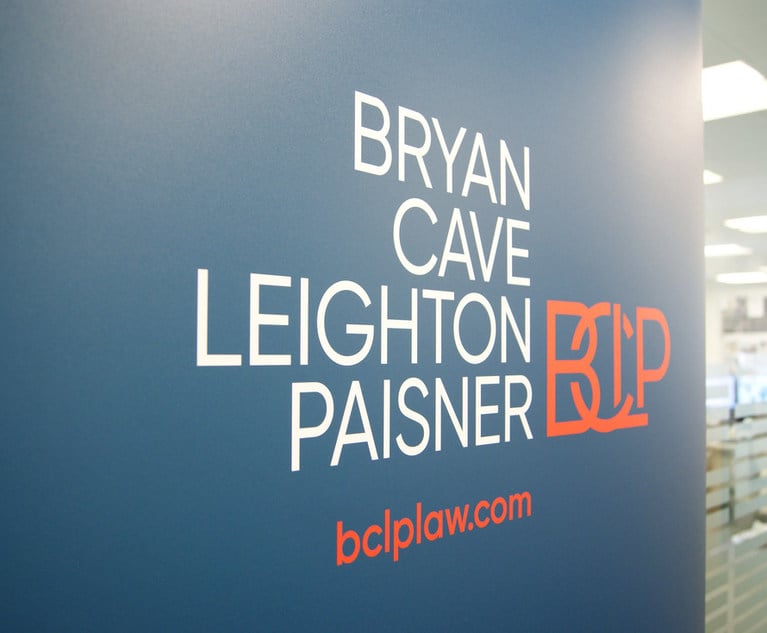The internet's Big Bang: how to protect IP rights in a universe of new domains
The importance of trademarks when protecting goods or services associated with your brand cannot be underestimated. Yet, despite the inherent value of trademarks and the legal protection they offer, the battle against third parties trying to exploit your brand for their advantage still rages on. In fact, the International Chamber of Commerce predicts that the counterfeit goods market is set to exceed $1.7trn per annum by 2015. Although cases of trademark dispute can arise without malicious intention, online trademark dispute cases often relate to 'cybersquatting'. Cybersquatting is where domain names containing trademarked terms are deliberately registered by parties looking to profit from or malign a major brand. The cheap cost of obtaining domain names, usually secured on a first come, first served basis, allows cybersquatters to register and re-sell domain names that relate to famous brands or celebrities far above the original purchase price. Alternatively, cybersquatters may choose to intentionally keep hold of the domain, recognising the benefits that it will bring in terms of web traffic and associated business.
October 31, 2013 at 08:03 PM
6 minute read
The imminent expansion of the web poses a threat to trademark owners, but a new mechanism offers hope
The importance of trademarks when protecting goods or services associated with your brand cannot be underestimated. Yet, despite the inherent value of trademarks and the legal protection they offer, the battle against third parties trying to exploit your brand for their advantage still rages on. In fact, the International Chamber of Commerce predicts that the counterfeit goods market is set to exceed $1.7trn per annum by 2015.
Although cases of trademark dispute can arise without malicious intention, online trademark dispute cases often relate to 'cybersquatting'. Cybersquatting is where domain names containing trademarked terms are deliberately registered by parties looking to profit from or malign a major brand. The cheap cost of obtaining domain names, usually secured on a first come, first served basis, allows cybersquatters to register and re-sell domain names that relate to famous brands or celebrities far above the original purchase price. Alternatively, cybersquatters may choose to intentionally keep hold of the domain, recognising the benefits that it will bring in terms of web traffic and associated business.
Cybersquatting is a prevalent issue and the World Intellectual Property Organisation recently reported that the number of domain name complaints it handles reached 2,884 last year, up from 1,207 per annum a decade ago. High-profile cases of cybersquatting frequently make the headlines, including the recent judgment in favour of popular social network site Pinterest against a Chinese 'typo' squatter who registered more than 100 domains including pinterests.com, pimterest.com and pinterost.com.
Cybersquatter boom
The issue of cybersquatting and related domain name disputes is likely to be exacerbated following the upcoming shake-up of the internet, when hundreds of new generic Top Level Domains (gTLDs) begin to appear in the online space. Soon we will move beyond the small world of .com and .co.uk to new domains including brand-specific extensions such as .google, new geographic extensions like .london and non-Latin script extensions such as Chinese characters.
Although the new domains present a universe of new possibilities for brands, concerns have been raised for some time by the intellectual property community about how trademarks can be protected. While protecting trademarks online is nothing new, the sheer volume of new gTLDs expected to go live makes the necessity of ensuring marks are protected all the more critical.
According to an independent survey commissioned by Deloitte and conducted by Vanson Bourne, 83% of leading global businesses believe the current domain name system already makes it difficult to proactively protect trademarks, and 96% believe the new domains represent new risks to their intellectual property. However, where businesses have learnt how to better protect their portfolio of trademarks across the relatively small existing pool of TLDs, managing this process themselves across the launch of every new gTLD could prove a logistical nightmare.
Brand protection
The well-known existing dispute resolution mechanism, the Uniform Domain Name Dispute Resolution Policy, will remain in place. However, ICANN, the organisation that oversees domain names on the internet and this expansion of the domain name system, has also introduced the Trademark Clearinghouse (TMCH).
Operated by Deloitte, the TMCH is open to brands with established rights from all around the world. It is the only authorised and universal means of a brand owner protecting their trademarks across every new web extension.
Recording marks in the TMCH offers brands two protection services. First, it provides the early opportunity to proactively register domain names that match their trademarks ahead of wider public availability, during the pre-launch or 'sunrise' period of every new gTLD. Second, following the launch of each web extension, for a period of 90 days, a domain name applicant who requests to register a domain name matching a recorded mark will receive a notification informing them of the existence of the trademark record in the TMCH.
If this applicant nevertheless does continue to register the domain name, the trademark holder will receive a notification of the domain name registration, so that further legal steps can be taken to oppose this registration if the trademark holder should wish to do so.
Threats and opportunities
Being built on the collective experience and learning of many, the TMCH should be considered as a critical tool in the armoury for trademark owners. Where some may point to its shortfalls (its scope being primarily limited to exact matches and the duration of operation being limited), it is undoubtedly a step forward for rights protection online.
Owners of well-known trademarks, who are aware of the costs, energy and resourcing involved when monitoring marks online, should welcome the changes the TMCH affords. Without its existence, monitoring and protecting IP at the launch of the newly expanded internet landscape would become extremely challenging and expensive. Additionally, when owners are alerted to cases of possible infringement via the TMCH, consequent remedies for rights should be available, quickly and efficiently.
Given that this is the first time that trademarks from almost any jurisdiction can be protected universally on the internet, it is crucial that the intellectual property community (and wider legal sector) understands the function of the new mechanisms in place for trademark owners. Interestingly, where these matters used to be handled solely by domain name services providers, we are now seeing more legal professionals handling online IP protection services for their clients. In fact, the legal community is now in a position to further educate and assist IP owners in preparing for the new gTLD programme and using the TMCH to their best advantage.
Unfortunately, watertight IP protection on the internet is ultimately impossible and we will continue to see cases of counterfeiting, cybersquatting and other types of trademark abuse with the dawn of the new gTLDs. However, if brands prepare ahead of time, with the help and guidance of the legal community, the new universe of web extensions will be something to embrace and explore – rather than fear and avoid.
Geert Glas is chairman of the global IP group at Allen & Overy.
This content has been archived. It is available through our partners, LexisNexis® and Bloomberg Law.
To view this content, please continue to their sites.
Not a Lexis Subscriber?
Subscribe Now
Not a Bloomberg Law Subscriber?
Subscribe Now
NOT FOR REPRINT
© 2024 ALM Global, LLC, All Rights Reserved. Request academic re-use from www.copyright.com. All other uses, submit a request to [email protected]. For more information visit Asset & Logo Licensing.
You Might Like
View All
Trump and Latin America: Lawyers Brace for Hard-Line Approach to Region

BCLP Mulls Merger Prospects as Profitability Lags, Partnership Shrinks

Trending Stories
- 1Judge Denies Sean Combs Third Bail Bid, Citing Community Safety
- 2Republican FTC Commissioner: 'The Time for Rulemaking by the Biden-Harris FTC Is Over'
- 3NY Appellate Panel Cites Student's Disciplinary History While Sending Negligence Claim Against School District to Trial
- 4A Meta DIG and Its Nvidia Implications
- 5Deception or Coercion? California Supreme Court Grants Review in Jailhouse Confession Case
Who Got The Work
Michael G. Bongiorno, Andrew Scott Dulberg and Elizabeth E. Driscoll from Wilmer Cutler Pickering Hale and Dorr have stepped in to represent Symbotic Inc., an A.I.-enabled technology platform that focuses on increasing supply chain efficiency, and other defendants in a pending shareholder derivative lawsuit. The case, filed Oct. 2 in Massachusetts District Court by the Brown Law Firm on behalf of Stephen Austen, accuses certain officers and directors of misleading investors in regard to Symbotic's potential for margin growth by failing to disclose that the company was not equipped to timely deploy its systems or manage expenses through project delays. The case, assigned to U.S. District Judge Nathaniel M. Gorton, is 1:24-cv-12522, Austen v. Cohen et al.
Who Got The Work
Edmund Polubinski and Marie Killmond of Davis Polk & Wardwell have entered appearances for data platform software development company MongoDB and other defendants in a pending shareholder derivative lawsuit. The action, filed Oct. 7 in New York Southern District Court by the Brown Law Firm, accuses the company's directors and/or officers of falsely expressing confidence in the company’s restructuring of its sales incentive plan and downplaying the severity of decreases in its upfront commitments. The case is 1:24-cv-07594, Roy v. Ittycheria et al.
Who Got The Work
Amy O. Bruchs and Kurt F. Ellison of Michael Best & Friedrich have entered appearances for Epic Systems Corp. in a pending employment discrimination lawsuit. The suit was filed Sept. 7 in Wisconsin Western District Court by Levine Eisberner LLC and Siri & Glimstad on behalf of a project manager who claims that he was wrongfully terminated after applying for a religious exemption to the defendant's COVID-19 vaccine mandate. The case, assigned to U.S. Magistrate Judge Anita Marie Boor, is 3:24-cv-00630, Secker, Nathan v. Epic Systems Corporation.
Who Got The Work
David X. Sullivan, Thomas J. Finn and Gregory A. Hall from McCarter & English have entered appearances for Sunrun Installation Services in a pending civil rights lawsuit. The complaint was filed Sept. 4 in Connecticut District Court by attorney Robert M. Berke on behalf of former employee George Edward Steins, who was arrested and charged with employing an unregistered home improvement salesperson. The complaint alleges that had Sunrun informed the Connecticut Department of Consumer Protection that the plaintiff's employment had ended in 2017 and that he no longer held Sunrun's home improvement contractor license, he would not have been hit with charges, which were dismissed in May 2024. The case, assigned to U.S. District Judge Jeffrey A. Meyer, is 3:24-cv-01423, Steins v. Sunrun, Inc. et al.
Who Got The Work
Greenberg Traurig shareholder Joshua L. Raskin has entered an appearance for boohoo.com UK Ltd. in a pending patent infringement lawsuit. The suit, filed Sept. 3 in Texas Eastern District Court by Rozier Hardt McDonough on behalf of Alto Dynamics, asserts five patents related to an online shopping platform. The case, assigned to U.S. District Judge Rodney Gilstrap, is 2:24-cv-00719, Alto Dynamics, LLC v. boohoo.com UK Limited.
Featured Firms
Law Offices of Gary Martin Hays & Associates, P.C.
(470) 294-1674
Law Offices of Mark E. Salomone
(857) 444-6468
Smith & Hassler
(713) 739-1250










